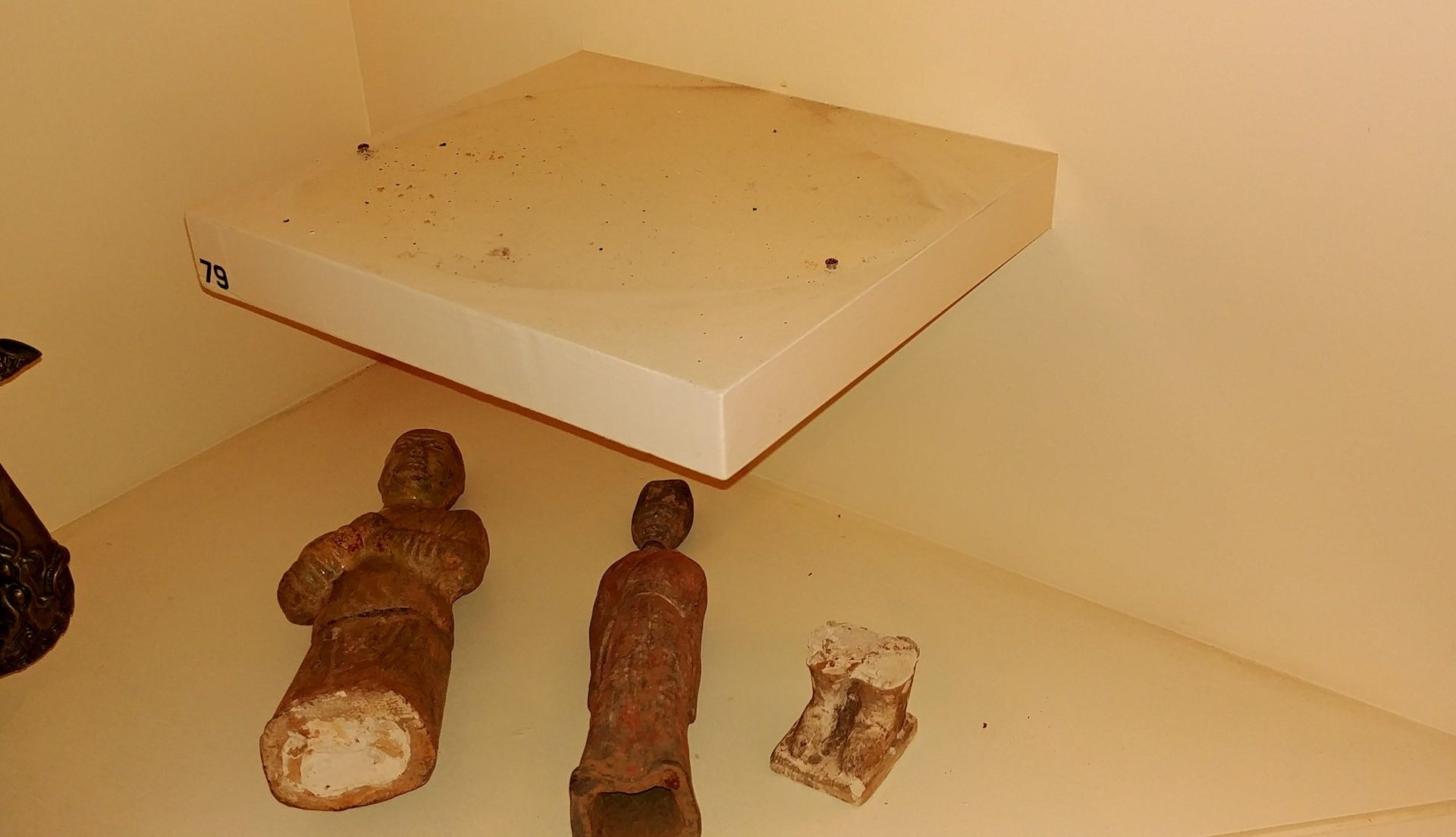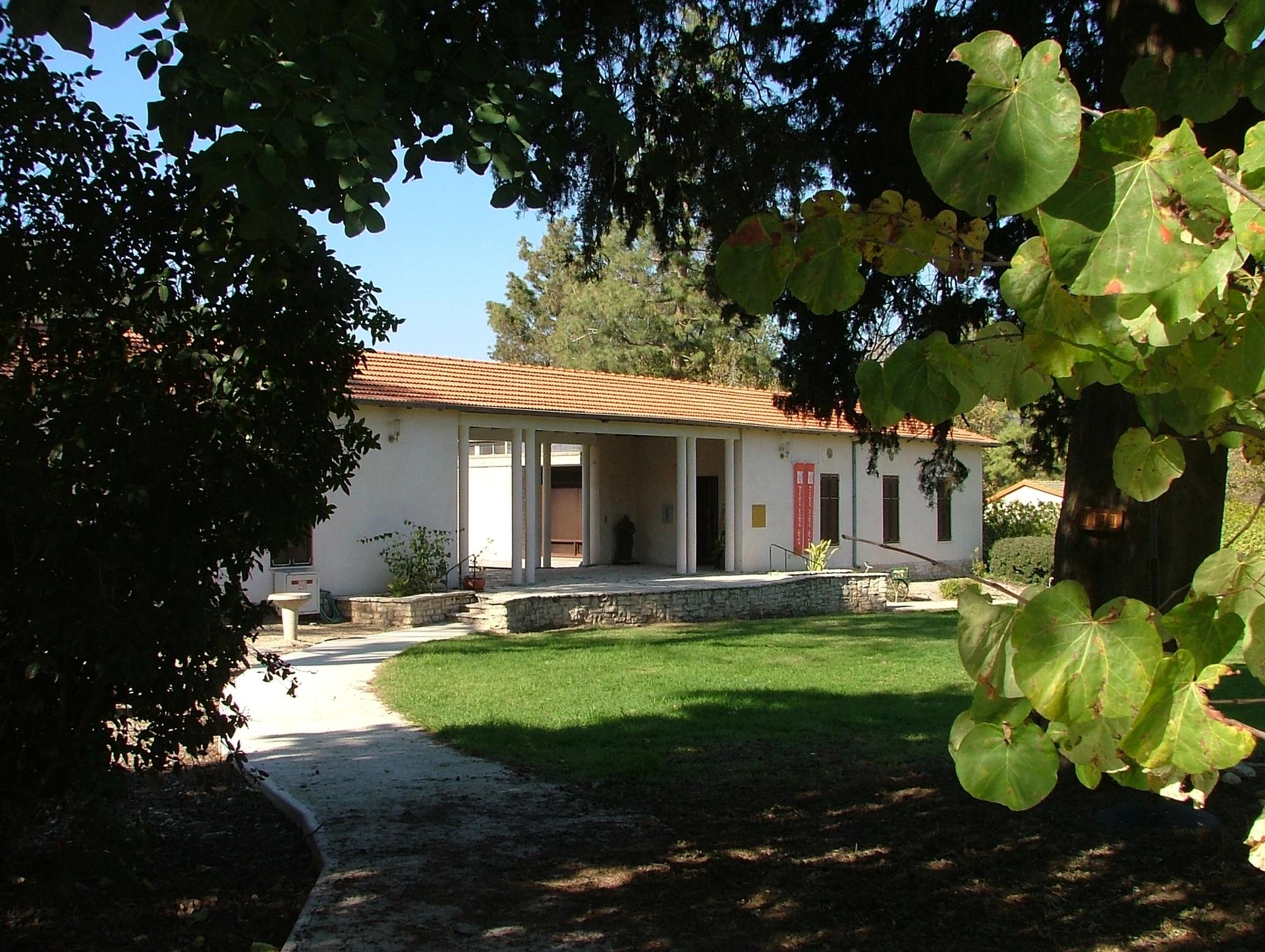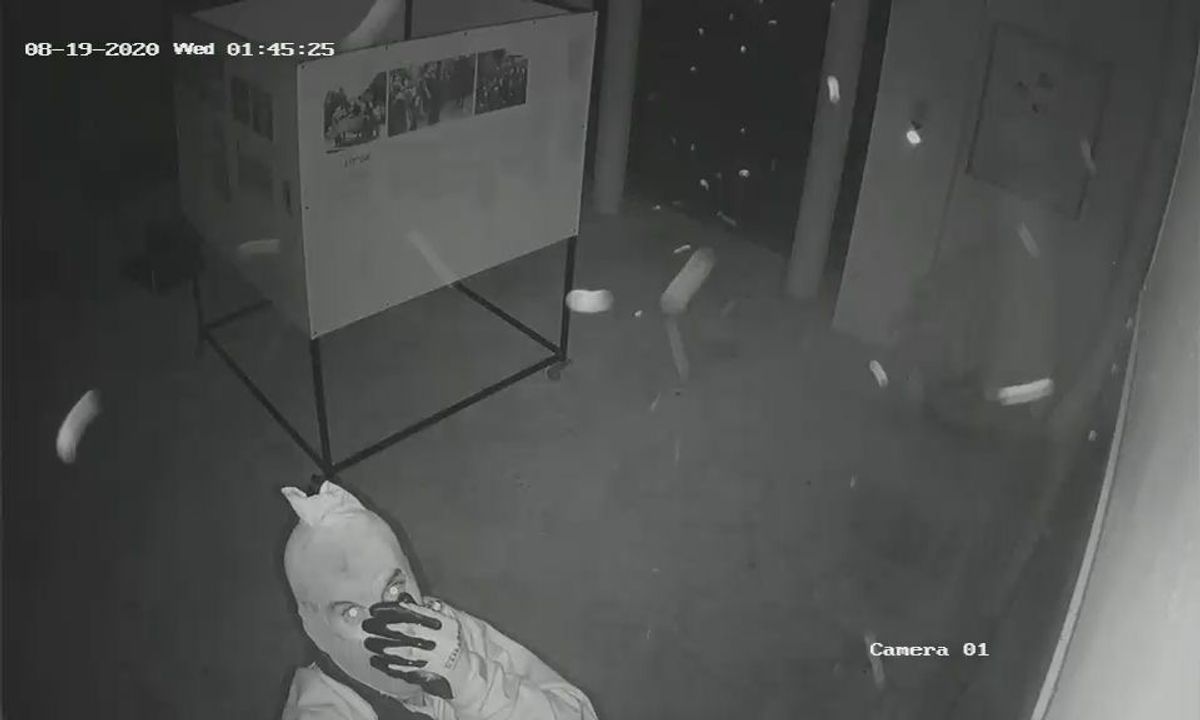Shuttered museums worldwide are concerned that thieves may take advantage of coronavirus lockdowns to steal works of art. But in the case of the Wilfrid Israel Museum of Asian Art & Studies—a small museum located in Hazorea, a kibbutz in northern Israel—burglars waited until well after the museum’s reopening to steal 27 works and damage around ten others on Tuesday night.
The stolen works include a Chinese Tang Dynasty sculpture, a gilded 14th-century bronze Buddha from Thailand, a stone Bodhisattva from India dating to the 2nd or 3rd century and a 12th-century Cambodian Buddha statue. Local police have gathered forensic evidence and begun investigations. The museum’s permanent gallery is currently closed, but its three temporary exhibitions reopened to visitors on Thursday.

Among the stolen works was a stone Bodhisattva from India dating to the 2nd or 3rd century Courtesy of the Wilfrid Israel Museum
Many of the stolen pieces were from the personal collection of the museum’s namesake, Wilfrid Israel, a businessman and philanthropist of Anglo-German descent. Israel bequeathed his collection of Asian art to Kibbutz Hazorea in 1943 along with a museum dedicated to publicly exhibiting these works. Opened in 1951 it is among the oldest art museums in Israel. The museum’s collection now numbers roughly 1000 works.

Opened in 1951, the Wilfrid Israel Museum of Asian Art & Studies is among the oldest art museums in Israel. Courtesy of the Wilfrid Israel Museum
The institution’s modest size helped enable it to be among the first Israeli museums to reopen after a two-month national lockdown. However, its small size also made it more vulnerable to theft. Museum thefts are rare in Israel and tend to occur at smaller institutions with limited budgets for nighttime security measures. Two oil paintings were stolen from the Rubin Museum in Tel Aviv in 2006, for example, and in 2018 a sketch was taken from the Mishkan Museum of Art in Ein Harod.
“We were closed for two months, absolutely nothing happened during the lockdown period,” says the museum's director Nurit Asher Fenig. “Our resources [as a small museum] for protecting ourself are very limited. We’re in the middle of a kibbutz, we didn’t think this could happen to us.”


